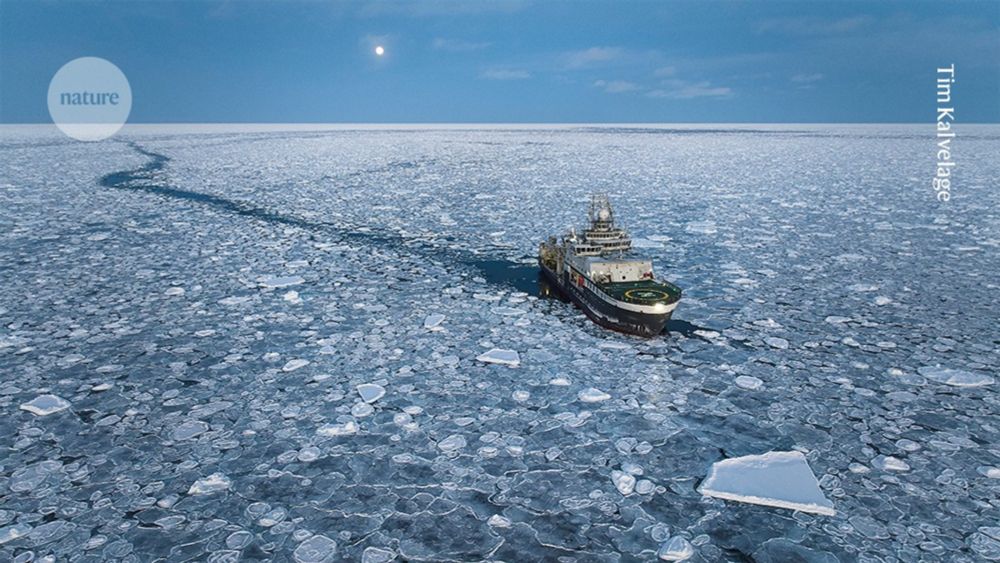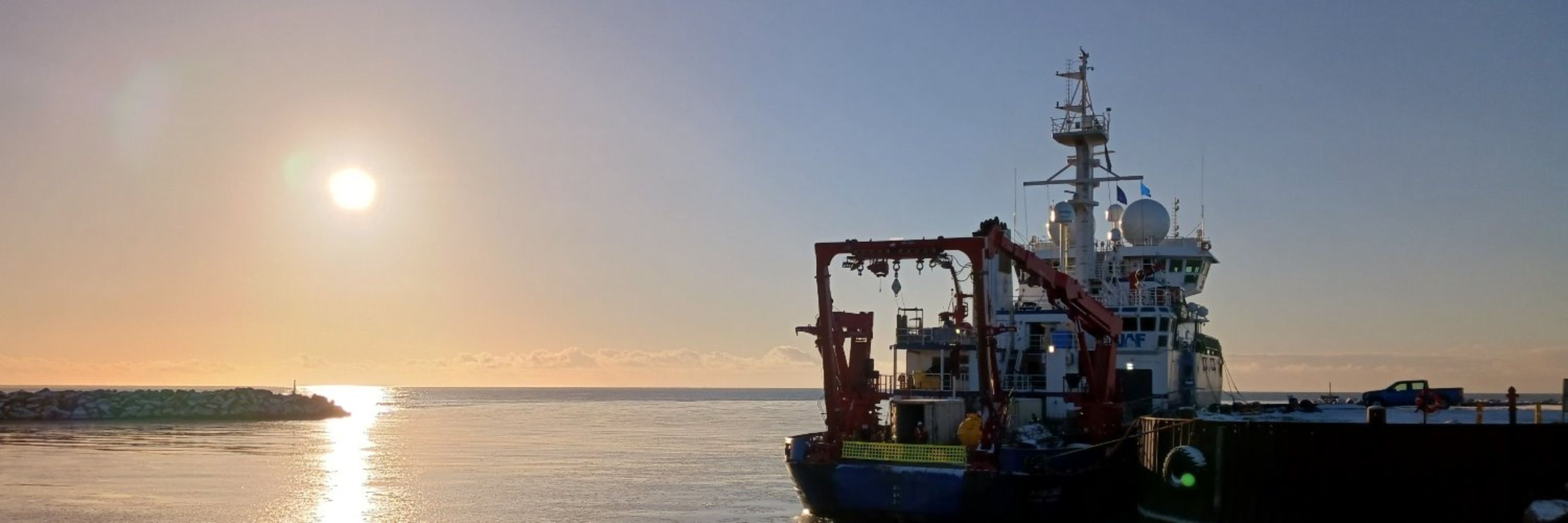Jens Terhaar
@polarocean.bsky.social
1.4K followers
310 following
420 posts
Father of 3, ocean biogeochemical modeller at the University of Bern, interested in high-latitude oceans, carbon cycle, ocean-climate interaction & ecosystem stressors such as ocean acidification and primary production.
Posts
Media
Videos
Starter Packs
Pinned
Jens Terhaar
@polarocean.bsky.social
· Nov 14
Jens Terhaar
@polarocean.bsky.social
· Jun 19
Jens Terhaar
@polarocean.bsky.social
· Jun 19

Is a monster web of ocean currents headed for collapse? The race is on to find out
Research ships rarely brave the Greenland Sea in winter. Early this year, scientists ventured into the ice-covered waters to capture crucial data about the planet’s future.
www.nature.com


